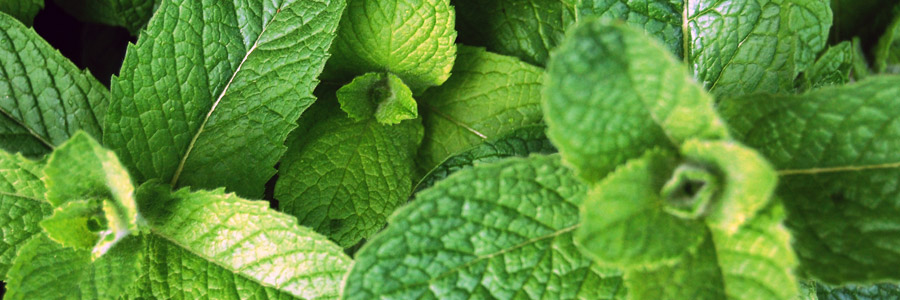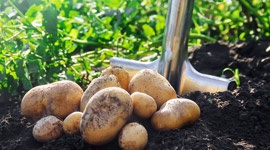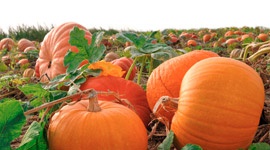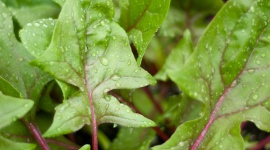Grow it yourself: Mint
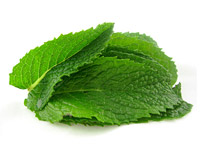 When you hear the words "fresh mint" on a warm summer’s day, you’ll soon be picturing a long sprig of green mint submerged in hot tumblers or icy silver cups. Sweetened with sugar or honey, or just au naturel – whatever works best for you. Mint is the Moroccan symbol of hospitality, and in the hot streets of the medina, mint refreshes the old men sitting in the street, playing chess or just watching the
When you hear the words "fresh mint" on a warm summer’s day, you’ll soon be picturing a long sprig of green mint submerged in hot tumblers or icy silver cups. Sweetened with sugar or honey, or just au naturel – whatever works best for you. Mint is the Moroccan symbol of hospitality, and in the hot streets of the medina, mint refreshes the old men sitting in the street, playing chess or just watching the
world go by.
In colder northern climes, mint has other uses too. Mint is used dried or frozen to flavour and garnish roast lamb or vegetables, jelly sauces and creamy desserts (a versatile friend for chefs all over the world). Many cooks like to add chopped mint leaves to scrambled eggs or omelettes, for a change of pace, or to egg substitutes to enhance the flavour. Add the mint at the end of cooking of scrambled eggs or omelettes, because too much heat will turn the mint bitter. Fresh mint leaves add a refreshing twist to salads.
To reduce the effects of tannin and caffeine in your favourite tea, use fresh sprigs of mint, spearmint or peppermint in your teapot with your favourite tea. Tear off a few well-sized leaves, rinse and add them to your teapot. Steep for 2-3 minutes or longer for a more potent flavour.
Mint, the healthy little bugger
Whichever way you enjoy mint, it is excellent for your health. In fact, the reason that most of our ancestors grew this pungent herb as long ago as 1500 BC was its many health benefits. Even today, naturalists still use peppermint to treat gallstones, irritable bowel syndrome and the common cold. It was also originally used as a medicinal herb to treat stomach ache and chest pains. To cure stomach aches, the Romans put dried mint leaves in boiling water, and then, when it cooled, they drank it. We still do the same today, of course! Those Romans knew a thing or two. Nowadays, this type of tea is called monstranzo. In the middle ages, powdered mint leaves were used to whiten teeth. It seems that people were vain, even in those dark times. Anyway, mint tea is a strong diuretic and also aids Digestion.
All mint contains menthol, the volatile oil that gives mint its characteristic cooling, cleansing sensation. Menthol is an ingredient in many cosmetics and some perfumes too. It is also added to toothpaste. Menthol oil and mint essential oil are also widely used in medicine as a component of many drugs, and are very popular in aromatherapy.
The herb mint belongs to a large family including over 30 species, the most common being peppermint and spearmint. Native to the Mediterranean and Western Asia, mints often interbreed, making it difficult even for an expert to distinguish all the varieties.
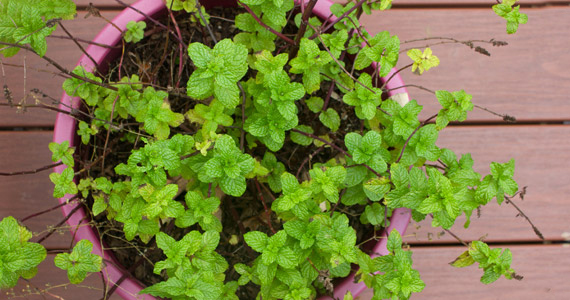
Mythical mint
The Greeks believed that mint could clear the voice and cure hiccups. In fact, mint is part of Greek mythology and according to legend "Menthe" was originally a nymph. She made the huge mistake of becoming Pluto’s lover. His angry wife, Persephone, was crazy with jealousy and in her rage turned Menthe into a lowly plant, to be stepped upon by everyone. Pluto was unable to undo the spell, but he was able to soften it by giving Menthe a sweet scent so his poor ex-lover would perfume the air when her leaves were stepped on. On warm summer nights the beguiling aroma of the crushed leaves are especially invigorating.
Grow it yourself
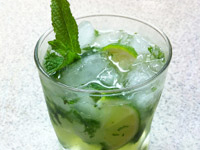 Surely we have persuaded you by now... Are you ready to start growing mint? It’s one of the easier plants to cultivate. Mint is a perennial and its seeds can be sown in pots or in the ground. Once this tenacious herb takes hold in your garden, it is very easy to propagate the plants by taking cuttings and transplanting them once the roots are well established.
Surely we have persuaded you by now... Are you ready to start growing mint? It’s one of the easier plants to cultivate. Mint is a perennial and its seeds can be sown in pots or in the ground. Once this tenacious herb takes hold in your garden, it is very easy to propagate the plants by taking cuttings and transplanting them once the roots are well established.
Mint needs humid soil and only moderate sunshine. It will grow in and around all garden plants, not unlike a weed. It is tenacious and often seems determined to spread itself around the garden. The trick is to continuously cut it back and restrict growth, otherwise the herb will spread like wild fire through your garden and take over. The stolons of mint are some of the most aggressive in the entire plant world. If you plant it in the ground, the first year you will wonder what all the fuss is about. The second year you will find a few stray sprouts and by the third year it will be knocking on your bedroom window! Mint will grow 20 feet under weed block and come out the other side and with no water in the middle of summer.
You can also grow mint in pots with other herbs. Legend has it that this is a good herb for keeping ants away from doors and combating mice and fleas. Keep mint leaves near food, beds and wardrobes. Use it to freshen the house like an air freshener. It can bring a fresh herbal fragrance into every room.
Our favourite minty friends
There are about sixteen varieties of mint that you can cook with. These are our three favourites. The first is peppermint, which has a sharp and penetrating, but pleasant, minty aroma. It grows up to one to two feet high, but can reach three feet when in bloom. The lance-shaped leaves are deeply notched when mature and its flowers are usually purple.
Pineapple mint gets its name from the slight hintof pineapple in its fragrance, although the aroma isn't always detectable. This mint is good for garnishes because its thick leaves are slow to wilt. It has white spots on its leaves. Last but by no means least, there is spearmint.
Spearmint has a fruity aroma and flavour and goes well in many foods including salads, sauces, teas and dips. It has bright green leaves and purple flowers. But enough talk. Let’s get chopping! Ah, those long hot summers... When the sun hits the streets, you want to sit in the shade and rehydrate with a drink that refreshes your body and your mind.
Try this zingy mint cooler
Ingredients:
- Half a cup lightly packed fresh mint leaves
- 2 cups lime cordial
- 2 cups club soda
- 4 slices of lime
And here is what to do. Put aside four mint leaves for garnish. Place the remaining mint leaves and lime cordial into the blender, and process until mint is finely chopped. Stir in the club soda. Serve in tall glasses over ice. Garnish with fresh mint leaves and lime slices. Truly magic. Again and again. Now get fresh, you hottie!
